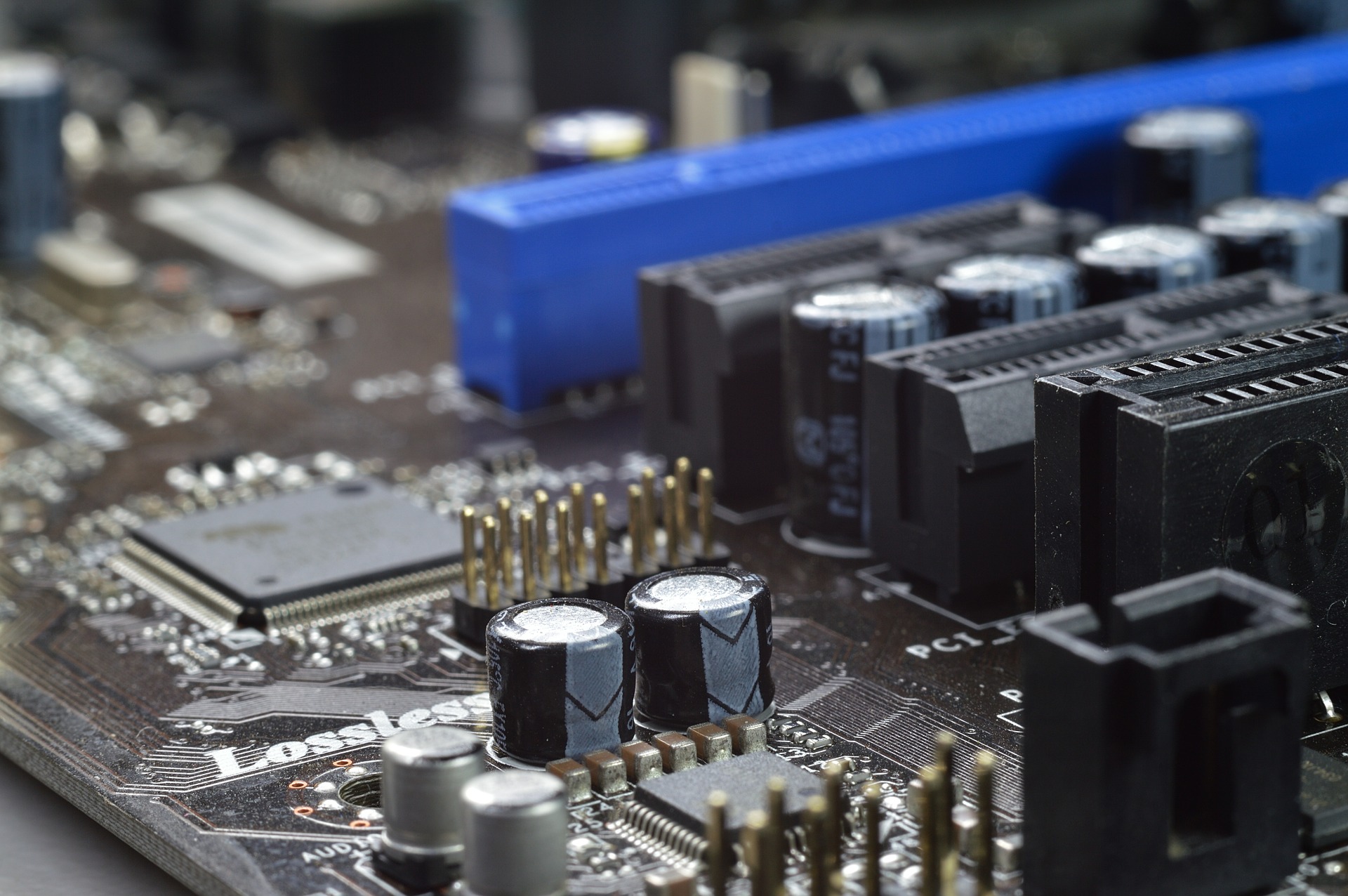Before a prototype is developed, there are many meetings and sales plans. Nevertheless, many good ideas and prototypes are in an impasse. What are the reasons and, more importantly, what options are there? With a Product Journey, the start of sales and entry into the profit zone will finally be much closer.
Projects often pursue very ambitious goals and this for good reason. The implementation, however, does not always meet the high yardstick. Prototypes are launched without adequate validation and customer testing. With the Product Journey, there is now a method by which the course of the prototype can be significantly changed in the direction of the profit zone within a single week.
Why are some prototypes miles away from market maturity? These reasons are responsible, but they always also provide starting points for the way forward:
|
Assumptions and expectations were not sufficiently examined |
Some product ideas have a great charm at first glance. This seduces to a premature beginning, you don’t want to lose any time. A Product Journey would have taken only one week to find a well-founded solution. |
|
Customers were not included |
Already a small number of representative customers are sufficient to receive qualified feedback on a prototype. Sometimes, there are superficially good reasons, such as secrecy, even if none is required. Some people are uncomfortable with customer involvement and direct feedback. This attitude does not help. |
| “Main thing being done” |
“The proof of concept was completed to complete it.” Completion was more important than later successful commercialization. Completion was celebrated as a success and everyone thought it was time to move on. And that’s exactly where the development stopped. There is a list of “Lessons Learned”, and it gets dusty in the filing cabinet. |
| “Motivational dent by high residual effort” |
The benefit of a product idea is unwritten, but the effort to market seems too big, the tasks are complex and there is only one big idea how to approach finalization. |
| “New regulatory requirements” |
In a project lasting several years, new legal requirements for a product can destroy a large part of the work done. |
| Technological leaps |
New technologies can throw a planned concept overboard. Deciding whether to adapt or completely redesign leads to stagnation in the project. |
| Innovations of the competition |
They look like technology leaps, but they have already been implemented and are available on the market. This may require a correction or extension of the product design. |
| The team dissolves |
The reasons can be complex. Other projects are given priority, a department manager has limited the involvement of an employee and now gets him back, effects of a merger, a competent know-how carrier leaves the company and so on. |
|
No follow-up budget available |
Budget for the prototype’s completion will not be approved and assigned to other projects. |
| The sails have lost their wind. |
Creating a prototype has cost a lot of effort. The milestone has been reached – so far, so good. But the transition to the next phase doesn’t happen. Employees go on vacation or take on other tasks. There is no defined touchdown point. That’s how time goes by. |
Lamenting these situations does not help. At the same time, the competition continues to increase its market share and the returns of the own company remain under pressure.
However, rethink and move on
With the help of the Product Journey, a bridge can be built from the deep red figures of the prototype to the market. (Read: “Making prototypes and loss-making products profitable with a Product Journey”). Within a single week, the assumptions, framework conditions, the product concept and the planned implementation can be reliably validated. The result is a new and better concept and a detailed backlog for the immediate implementation and the achievement of the profit zone.




